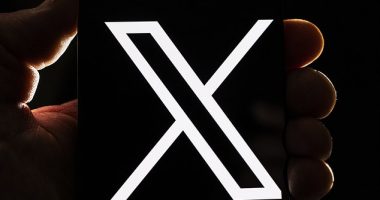
Apple’s abacus emoji is wrong. Or, technically not “wrong” per se, in that you can probably still use it do math if you actually know how to use an abacus (I do not). But still, that ever useful emoji — added in the Unicode 11.0 update to the emoji standards as part of iOS 12 — is apparently incorrect on Apple devices when compared to nearly any abacus used across the whole of human civilization.
The error was first spotted by Twitter user @sophophobic, who noticed that Apple’s abacus configuration appeared to be one that was never used at any point in history.
When in history was a 2:4 abacus ever used?
Greeks/Romans used 1:4 counting stones. Chinese used 2:5 (for decimal or hex). Japan adopted China’s 2:5 via Korea, then 1:5, then 1:4 in the modern era. Russia had 10 (middle 2 beads colored). Europe used 9 coins on a line board…
— John (@sophophobic) May 6, 2019
It was a fun tweet, but I wasn’t content to leave it there. So I went and took valuable time out of my day to contact several abacus experts to get their take on the abacus in question, because I am a serious reporter who apparently cares way too much about historical accuracy when it comes to emoji.
Professor Eli Maor, a mathematics professor at Loyola University Chicago and abacus historian, could not “recall one with a 4-2 bead arrangement (except perhaps as a toy).” For more on historically accurate abaci, see Professor Maor’s article “On Abaci of Every Kind” in the Journal of the Oughtred Society.
Furthermore, even if Apple’s bead arrangement (with two beads on one side of the divider and four on the other), it appears that the emoji itself is oriented incorrectly. According to Peggy Kidwell, a curator at the Smithsonian’s National Museum of American History, “I would find the orientation of the abacus more unusual than the number of beads. The Chinese generally used 2 beads (each representing 5) at the top and 5 at the bottom. The Japanese generally used one at the top and 4 or 5 at the bottom.”
Kidwell wasn’t aware of any abaci in the museum’s collection that used an arrangement similar to Apple’s, and even the ones that came close wouldn’t have been arranged horizontally like Apple’s icon is. She did point out that you could use Apple’s abacus to do math if it were oriented correctly, though.
And in the name of fairness, some abaci from different phone manufacturers are also off, historically speaking, but Apple’s is the worst offender. I know this, because I went and checked all of them.
Google, Microsoft, and Facebook are the leaders in this field: all three have mathematically and historically correct abaci: Google’s is a Western-style model with ten beads, and Microsoft and Facebook are using a 1:4 Japanese-style model that is correctly oriented.
On the other hand, Samsung, Twitter, and WhatsApp’s abaci are also incorrect. All three brands also use Western-style abaci, but with seven, six, and five beads, respectively, making them little more than depictions of toys. Apple’s is still worse, though, given that the company has failed on both number of beads and orientation for its abacus emoji.
This isn’t the first time Apple’s messed up an emoji like this, either: the company’s squid emoji has been upside down for years, as pointed out by the Monterey Bay Aquarium. Sadly, (and much to the dismay of marine biologists, I assume), that error has yet to be fixed, which leaves me with little hope that Apple’s abacus will ever get rectified either.
This article is from The Verge









